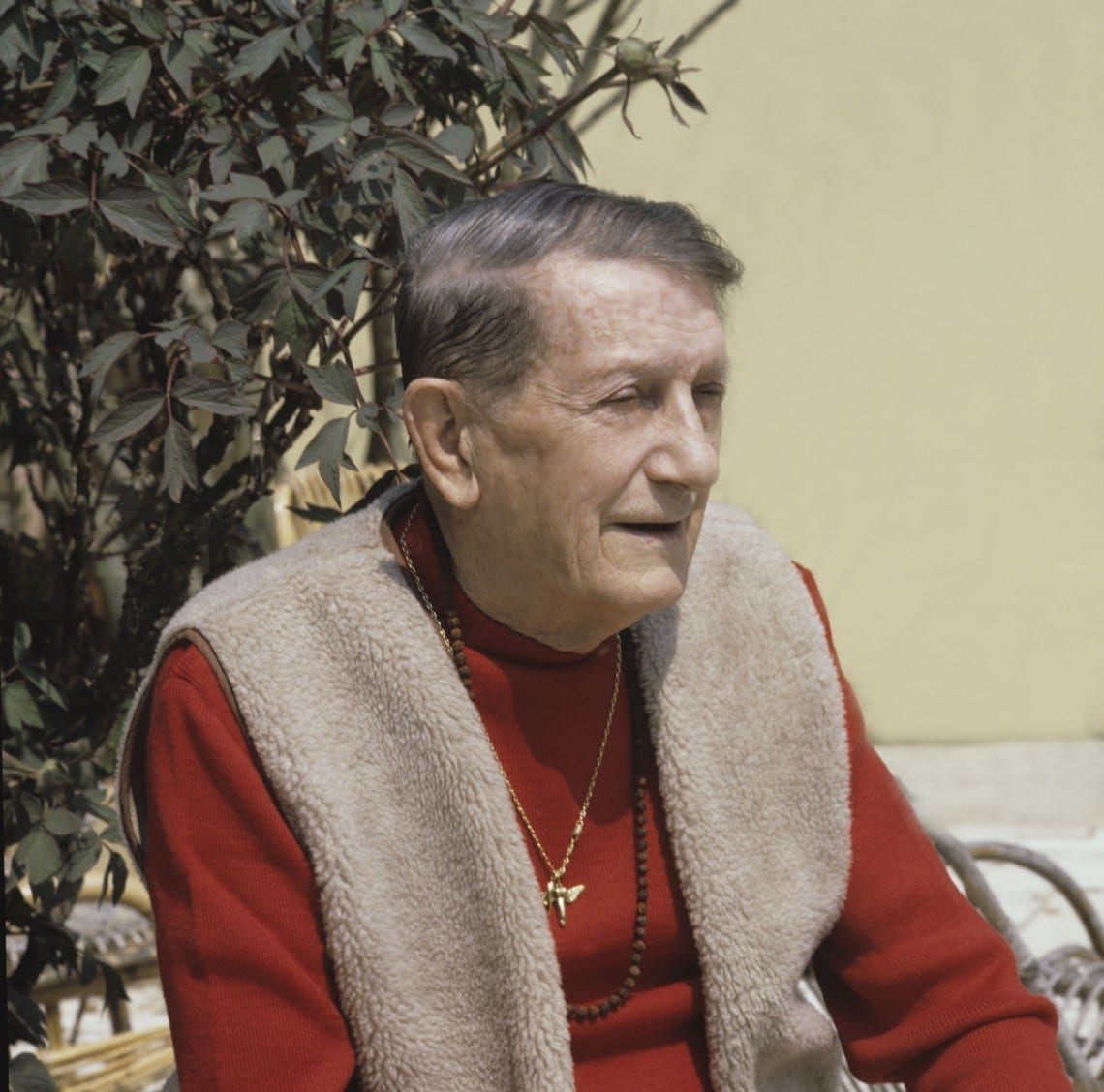(March 11, 2024) In the back alleys of Nakagyo-ku in Kyoto lies a restaurant that’s unlike any in Japan. Although hashi or chopsticks are an integral part of Japanese food culture, Tadka – a South Indian restaurant run by a Japanese chef Dai Okonogi – encourages people to eat with their hands as a mark of respect for the Indian culture. Welcome to the world of Tadka – which offers warm keerai vadai, a perfectly cooked kal dosai, guddu pulusu along with a cup of filter kaapi.
A South Indian restaurant in Japan
Tadka’s journey began in 2012 as a small eatery with Dai being the sole army – preparing dishes as well as running the restaurant. Keen to expand and offer a wider range of South Indian cuisine, he realised his dream after a chance encounter with Chef Manikandan in Chennai’s Savya Rasa. “I was so impressed by the food Manikandan made. I reached out to him right then and there, asking if he’d be willing to come to Japan. Without hesitation, he agreed! He played a pivotal role in helping me realise my visions,” Dai said in an interview. Chef Manikandan gave a fresh perspective to Tadka bringing his invaluable expertise, and Dai owes his restaurant’s success to Manikandan.
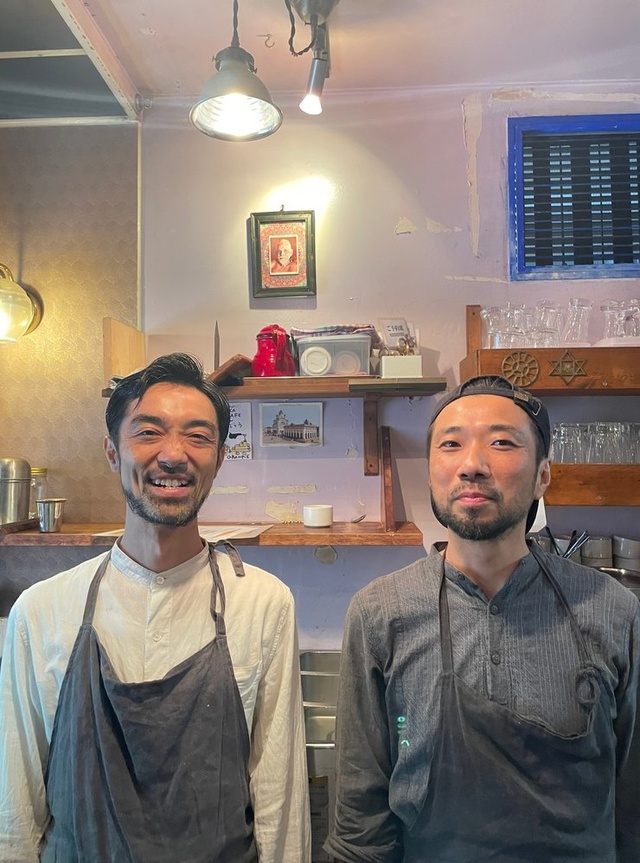
Dai Okonogi at his restaurant Tadka
Dai’s love for Indian cuisine started in 2001 when he began making curry from scratch and tried out lots of different spices to see what worked best. “In Japan, the norm is to use ready-made cube-type masala mixes for curries. My journey started with a struggle to perfect homemade curry, which eventually led me to work at Indian restaurants in Kyoto and Aichi for a decade. During this time, I dedicated myself to mastering the intricate art of Indian cooking,” Dai added.
Though he worked at some North Indian establishments, it was South Indian cuisine that got him excited. He found comfort in its lighter and less creamy tastes. “South Indian cuisine harmonised beautifully with our staple food – rice – and that’s what initially drew me in,” said Dai, who interestingly kept the name Tadka – which means tempering.
View this post on Instagram
ALSO READ | Anshu Ahuja and Renee Williams: Making takeaway in London sustainable with DabbaDrop
How Tadka came into existence
When Tadka was established, Dai also served a handful of North Indian dishes as he wasn’t sure if he would find an audience for just South Indian food. However, his hard work and perseverance led him to introduce South Indian food to the Japanese palate. Something he calls a challenge in itself. “We’re passionate about changing the perception that Indian food is all about naan. Besides, our restaurant is founded on two core principles: ‘Open the door to a new world through South Indian food culture’, and ‘We are what we eat’,” said Dai.
With Japanese being his primary customers, he came up with unique ideas to make dosas and idlis familiar to them. To pique their interest, he started by offering his customers a cheese dosa – which was almost like a pizza. “This approach helped introduce our patrons to the world of dosa. Fast forward to today, and it’s heartening to see that now everyone enjoys our masala dosa!” he added.
View this post on Instagram
Sourcing Indian ingredients in Japan
But what makes South Indian dishes unique is their taste and flavours, and Dai initially had a hard time sourcing the ingredients. Even sourcing curry leaves was a challenge. But Dai wasn’t ready to bow down to challenges, and he began cultivating curry leaves at his home six years before the restaurant’s opening. But now they import most of their spices and ingredients from India. For someone who is particularly fond of sambar and chutney from Madurai, he likes incorporating various vegetables and herbs along with Japanese ingredients.
Besides the menu, what sets Tadka apart is keeping true to the tradition of a South Indian meal, where people are encouraged to eat with their hands – something that Dai refers to as creative adventure. Dai believes that eating with hands creates an intimate connection between the person and the food. “Particularly banana leaf meals allow you to blend and match ingredients to craft your unique flavours. It’s an enjoyable one-of-a-kind experience, likely unmatched anywhere else in the world,” added Dai, who along with his team visits Chennai every six months to learn new dishes.
Causing a stir on the internet
Tadka came to the forefront when an alumnus of Columbia University found this hidden gem in the back alleys of Kyoto. Sharing an image from inside the restaurant, he tweeted, “Apparently Tadka has very few Indians eating there. Its customers are mostly Japanese customers who have fallen in love with the food there. What a way to contribute to India’s soft power.”
Apparently Tadka has very very few Indians eating there. Its customers are mostly Japanese customers who have fallen in love with the food there. what a way to contribute to India’s soft power!!! pic.twitter.com/3ETklgOwGj
— Prasanna Karthik (@prasannakarthik) October 29, 2023
This has led to more Indians now exploring Tadka in Kyoto, and tantalising their tastebuds with some authentic South Indian food. With already two restaurants – Tadka 1 and Tadka 2, Dai isn’t keen on expansion but is more committed to maintaining quality. “I want to introduce age-old South India recipes that are prepared over a wood fire and using earthenware, the traditional way. We are exploring the possibility of this,” he added.
Tadka is a true example of how food can bring different cultures together and help people understand each other better. Their success shows how much people in Japan enjoy Indian cuisine and how it helps them appreciate different cultures. Tadka proves that sharing food can create connections between people from different parts of the world, making the world a more diverse and understanding place.
- Follow Tadka on Instagram



 Priyank Patel with Nukkad team[/caption]
Priyank Patel with Nukkad team[/caption]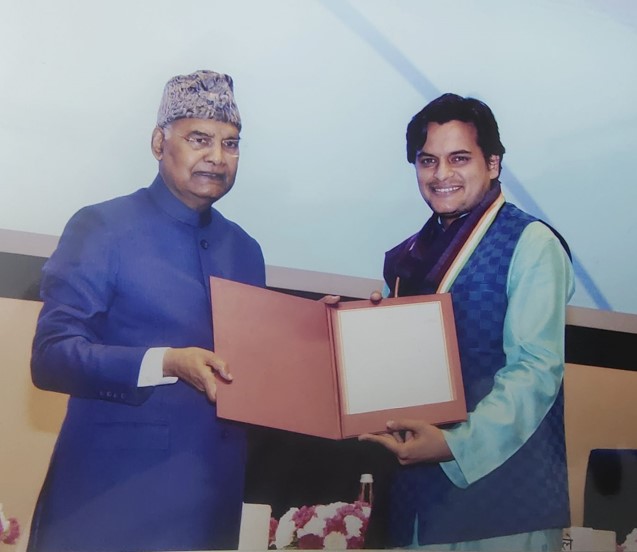 Priyank receiving award from
Priyank receiving award from 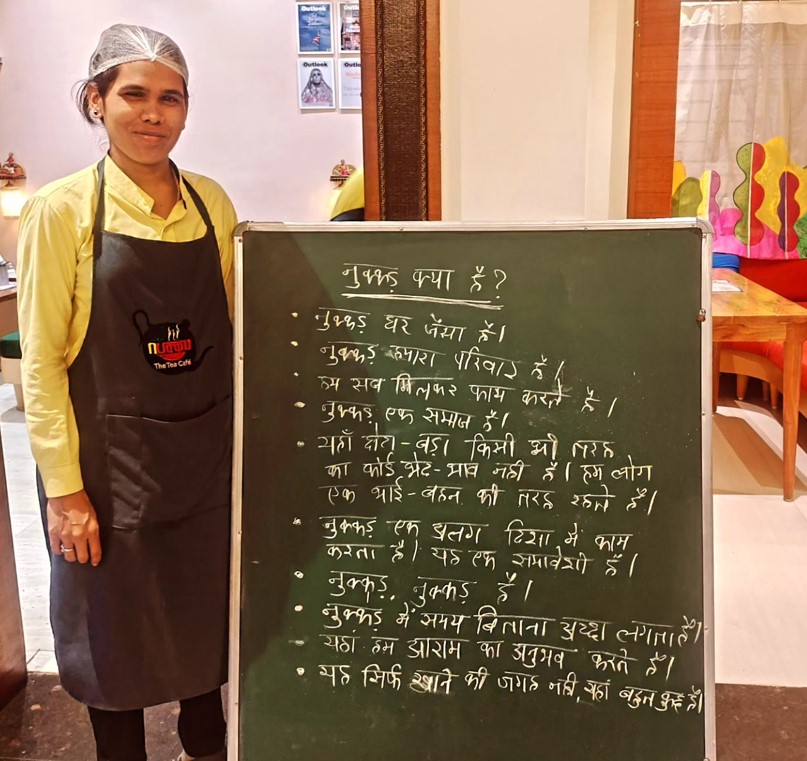
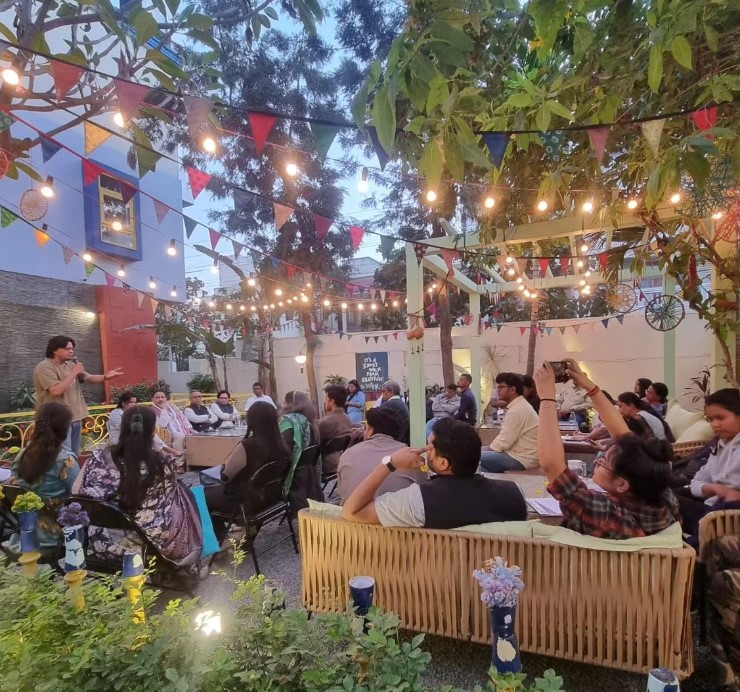 Priyank Patel and guests at a Nukkad event[/caption]
Priyank Patel and guests at a Nukkad event[/caption]
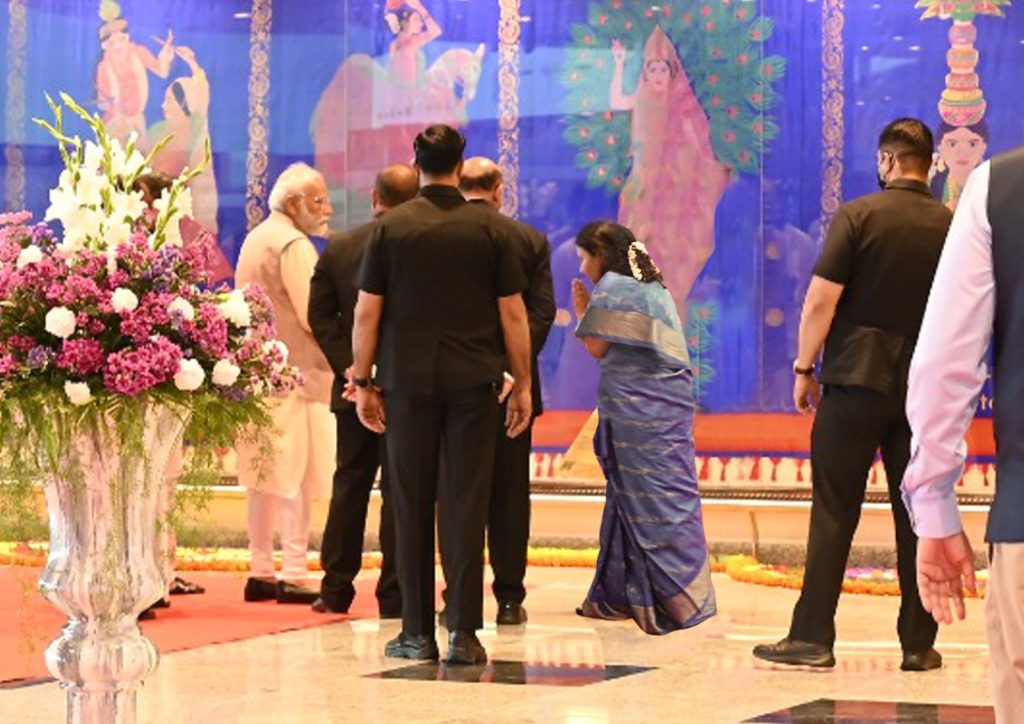 Dr Masooma Rizvi at the inauguration of the Chennai Airport[/caption]
Dr Masooma Rizvi at the inauguration of the Chennai Airport[/caption] Artworks at the Rashtrapati Bhavan[/caption]
Artworks at the Rashtrapati Bhavan[/caption]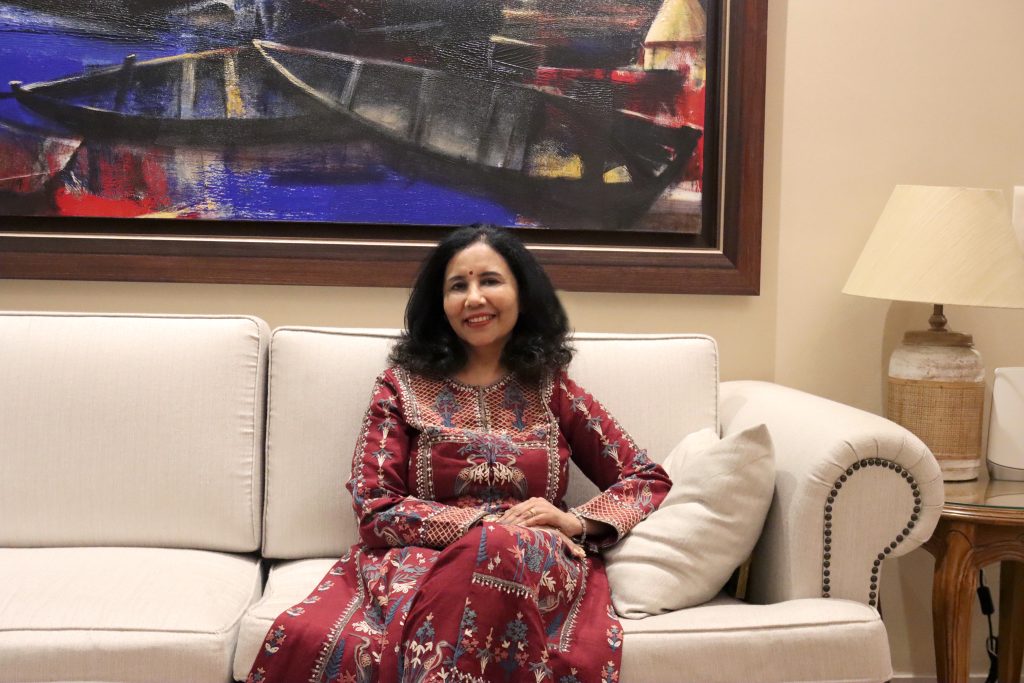

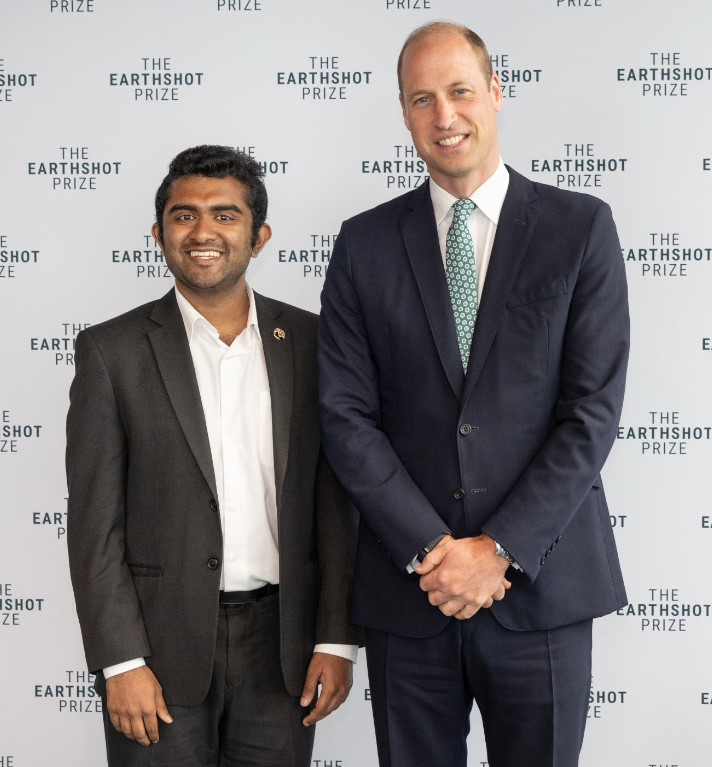 Aadith Moorthy with Prince Williams during the Earthshot Prize ceremony[/caption]
Aadith Moorthy with Prince Williams during the Earthshot Prize ceremony[/caption]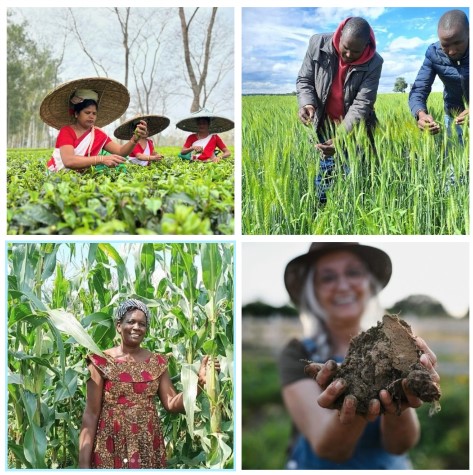 Image credit: Boomitra[/caption]
Image credit: Boomitra[/caption]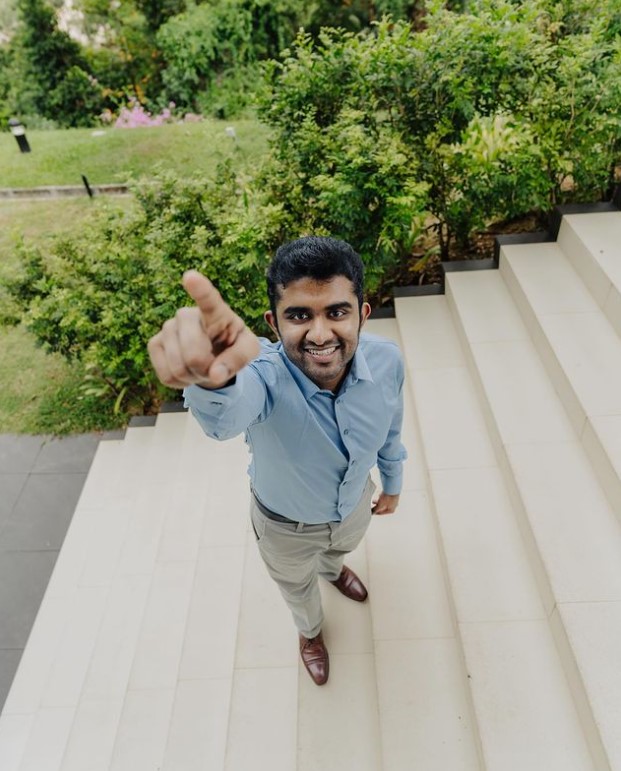 Aadith Moorthy[/caption]
Aadith Moorthy[/caption]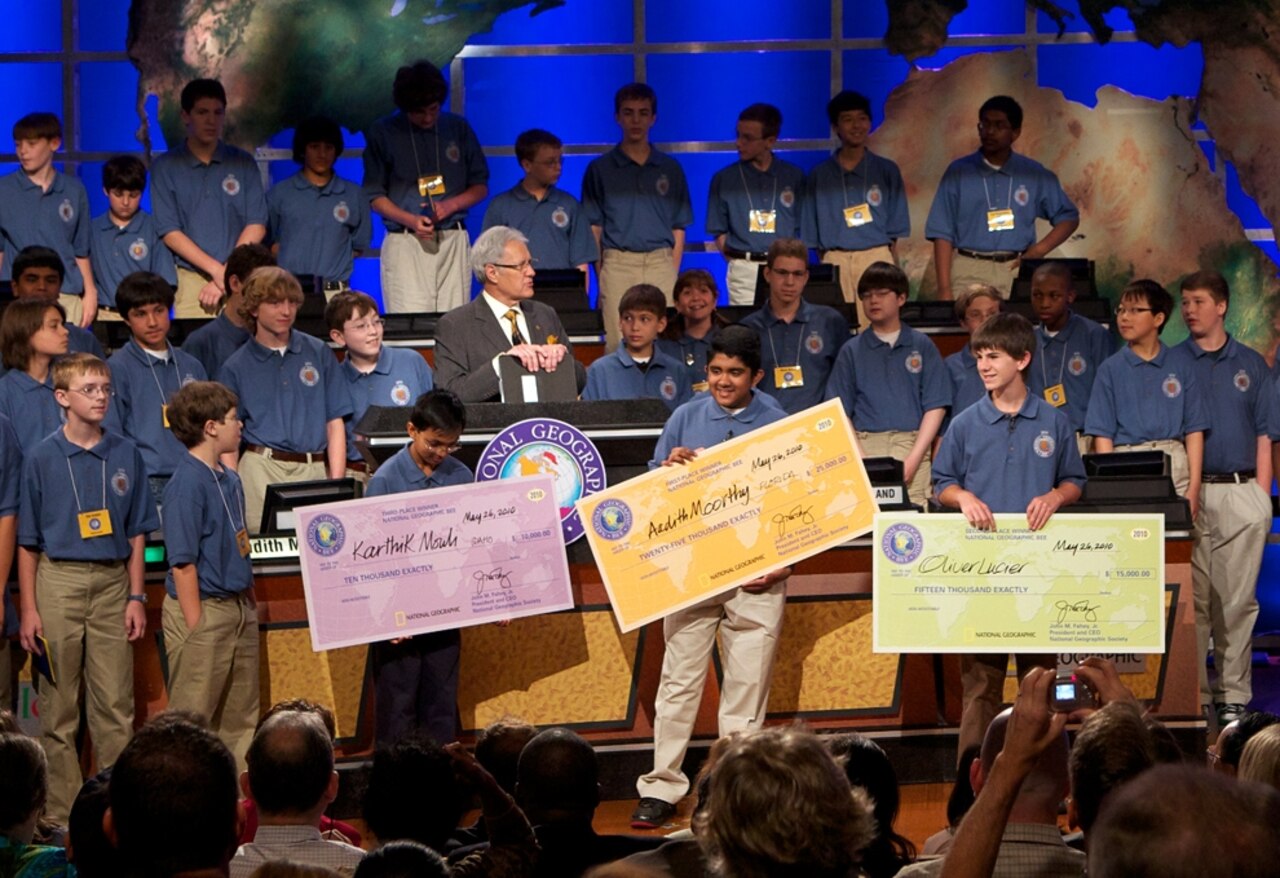 2010 National Geographic Bee winner Aadith Moorthy (center) with fellow competitors | Image credit: National Geographic[/caption]
2010 National Geographic Bee winner Aadith Moorthy (center) with fellow competitors | Image credit: National Geographic[/caption]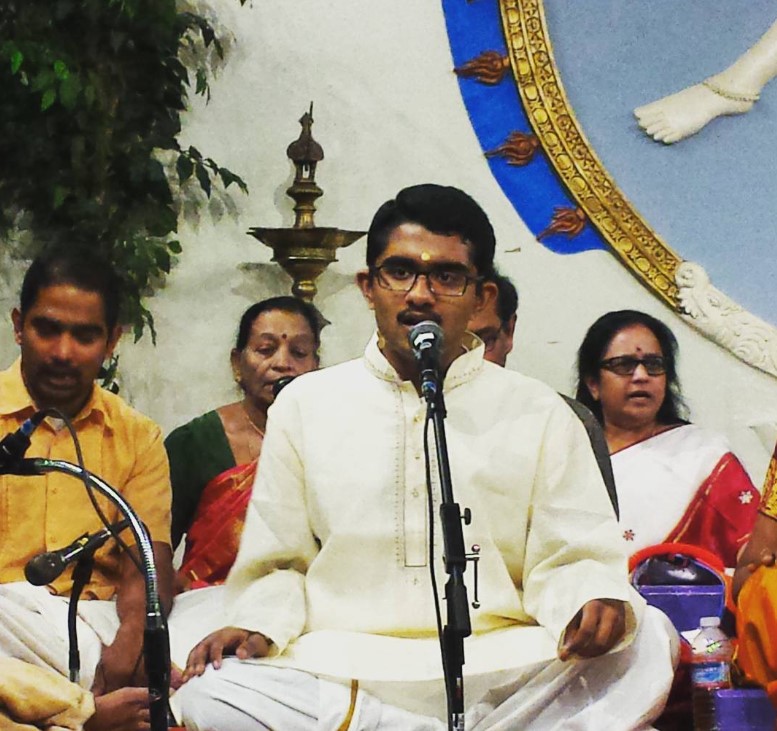 Aadith Moorthy during a Carnatic performance[/caption]
Aadith Moorthy during a Carnatic performance[/caption]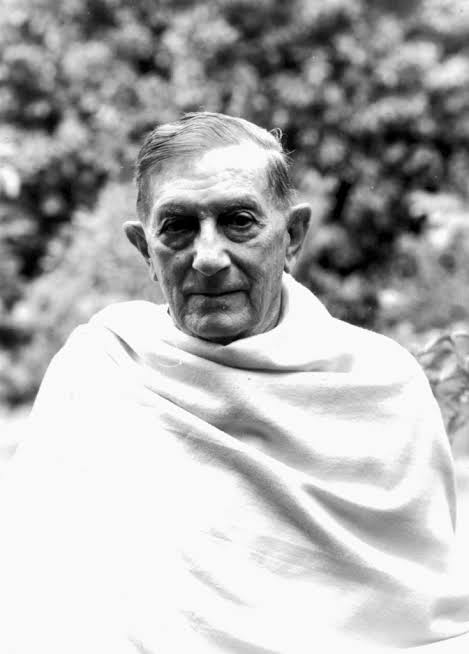 Alain
Alain  Photo:
Photo: 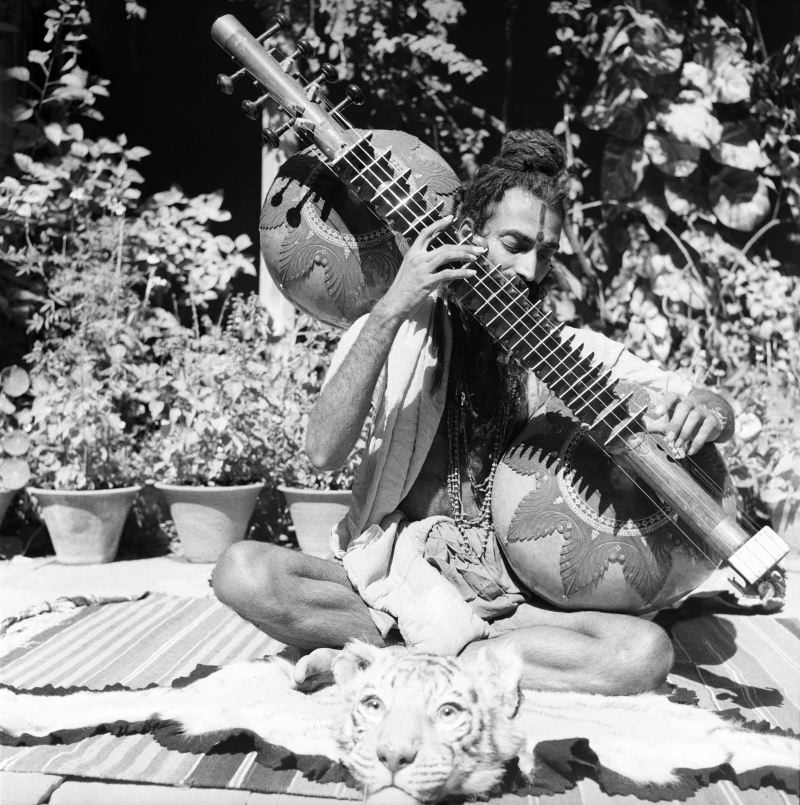 Alain Danielou with his veena. Courtesy: https://www.alaindanielou.org[/caption]
Alain Danielou with his veena. Courtesy: https://www.alaindanielou.org[/caption]